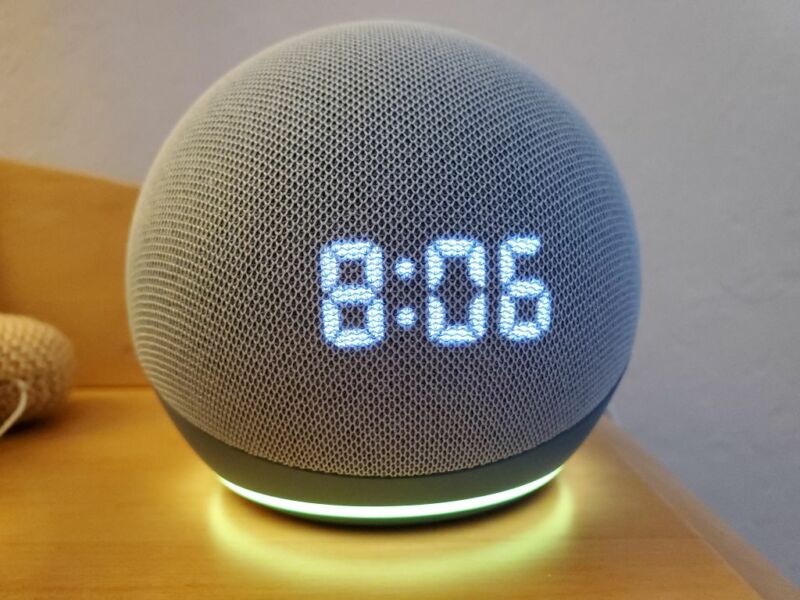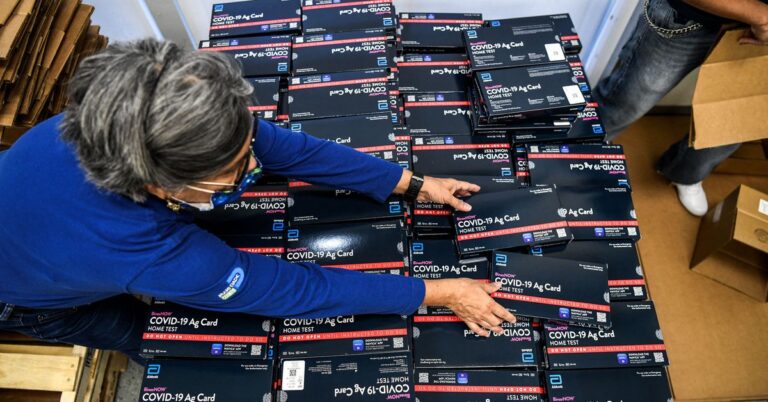
Enlarge (credit: Getty Images)
Most IoT devices, the Echo Dot included, use NAND-based flash memory to store data. Like traditional hard drives, NAND—which is short for the boolean operator “NOT AND”—stores bits of data so they can be recalled later, but whereas hard drives write data to magnetic platters, NAND uses silicon chips. NAND is also less stable than hard drives because reading and writing to it produces bit errors that must be corrected using error correcting code.
Reset but not wiped
NAND is usually organized in planes, blocks, and pages. This design allows for a limited number of erase cycles, usually in the neighborhood of between 10,000 to 100,000 times per block. To extend the life of the chip, blocks storing deleted data are often invalidated rather than wiped. True deletions usually happen only when most of the pages in a block are invalidated. This process is known as wear-leveling.
Read 27 remaining paragraphs | Comments






